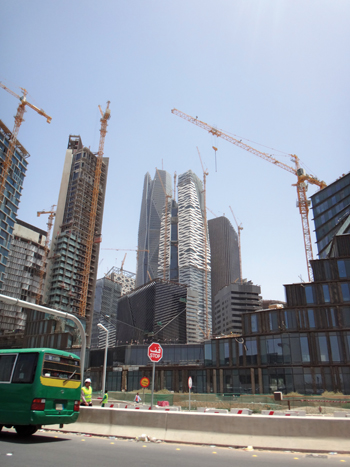
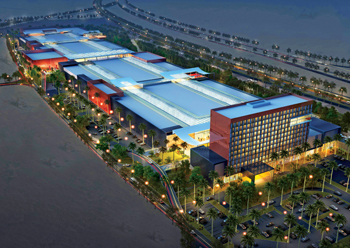 An artist’s impression of Noura Centre.
An artist’s impression of Noura Centre.
Having created some of the striking architectural landmarks that have dotted Kuwait’s skyline over the past 45 years, Pace is making remarkable strides in the Saudi market with some highly prominent projects in hand.
Among the projects that the architecture, engineering, design and planning practice is engaged on through its local office Pace-KSA is the Noura Centre, which will be a distinctive landmark located directly opposite the newly-constructed Princess Nora Bint Abdul Rahman University for Women in Riyadh. The project, which is still in the early concept design stage, promises to be a key shopping destination, and hopes to replicate the success enjoyed by major malls in the GCC such as The Avenues in Kuwait, one of the biggest shopping centres in the region.
The second project, also in the Saudi capital, aims to tap into its expertise in design engineering for the relocation of vital utility services that lie in the areas traversed by Riyadh Metro’s Line Three, which is the longest of the six lines of the project at 40.7 km.
NOURA CENTRE
“The idea behind the development of Noura Centre is to establish yet another new tourist destination in the GCC, such as The Avenues in Kuwait, in the capital city of Saudi Arabia,” Tarek Shuaib, managing partner of Pace, tells Gulf Construction.
“Given the potential growth of the Saudi market, huge investments are currently being made to develop the city into other business hub,” he adds.
The Noura Centre, which will occupy an 180,000-sq-m site in the Saudi capital, will offer a gross floor area (GFA) of around 116,790 sq m, including both leasable and circulation areas.
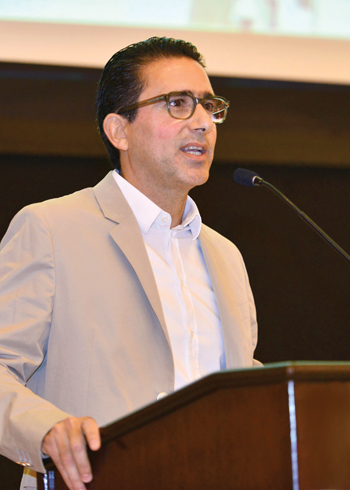 |
Shuaib ... growth focused. |
Shuaib explains that the conceptual design of the centre has evolved from The Avenues, Kuwait’s largest mall. The retail component of the Noura Centre will comprise a shopping centre, food courts, anchor stores, prayer rooms, and public facilities.
“The building, which will sit on a raft foundation, will employ barrier-free architecture, which will include facilities for the handicapped,” he says. “It will be meticulously designed to provide the benefits, themes and effects that are expected of renowned centres of its kind.”
The abstract ultra-modern design of the building will most likely depend on skylights for natural lighting, Shuaib indicates.
The overall design concept of the building will be based on ensuring that it is environment-friendly. For instance, ethylene tetrafluoroethylene (ETFE) membranes will be used for the roofing to bathe the mall with natural light.
“In terms of access, and just like the Avenues, the conceptual zoning and layout of Noura Centre may comprise a central axis route with facilities allocated and branching out along the sides,” says Shuaib.
Pace is the local architectural and engineering (A/E) consultant (architecture schematic and SMEP concept to tender) on the project while Gensler is the international architect (concept to schematic).
The design stage to the issue of tender documents will be undertaken in five phases spread over 14 months. Data collection and conceptual design work are currently being carried out on the project, which is slated for completion in 2018.
RIYADH METRO
Meanwhile, Pace is the local consultant appointed to carry out the design services for utilities relocation on Line Three of Riyadh Metro. The 40.7-km stretch will have a total of 20 stations, in addition to two transfer stations linking it with lines One and Six.
The Riyadh Metro, a rapid transit system under construction in the Saudi capital, is a part of the Riyadh Public Transport Project (RPTP), which will considered to be the world’s largest public transport project, comprising the construction of a metro, a bus system and other transport services in Riyadh.
Construction of the Riyadh Metro started in April 2014 and is expected to be completed by 2018.
Construction work on Line Three – which is the longest of the six lines being built as part of the Riyadh Metro – is being carried out by the Arriyadh New Mobility (ANM) consortium under a $5.21-billion design-and-build contract.
“Currently, both design and construction of Line Three are in progress,” Shuaib indicates.
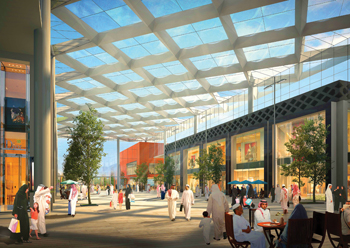 |
Noura Centre ... design to emulate the success of similar facilities in the region. |
The electrical and mechanical equipment for Line Three will be delivered by the electrical work group comprising Ansaldo STS and Bombardier Transportation; while infrastructure will be delivered by the civil works group led by the Salini Impregilo Group and supported by Ansaldo STS (Italy), Bombardier (Canada), Larsen and Toubro (India) and the local Saudi contractor Nesma.
Line Three runs in the East-West direction along Al Madinah Al Munawwarah and Prince Saad bin Abdulrahman Al Awal roads, starting in the west near Jeddah Expressway and ending in the east near the National Guard Camp of Khashm El Aan.
The metro will be mostly elevated along the western part of Al Madinah Al Munawwarah Road, then underground in bored and mined tunnels in the central section of the line, and generally at-grade along Prince Saad bin Abdulrahman Road.
“The design of utilities and utility diversions is scheduled to be finished within 12 months and is due for completion by the year-end. The work is phased and is being executed with separate completion deadlines for the stations and the sections between the stations. Utility design/diversions will be considered in Pace’s scope for a total of 23 stations and 17 sections between the stations. The final handover will be in 2018-19,” Shuaib explains.
PACE
Pace-KSA office is located in Riyadh and is managed by the regional manager and his staff, with support from Pace Kuwait, as required.
“The objective is to have a fully functional independent Pace-KSA office. Towards this end, the expansion of both office space and staff resourcing is already under implementation,” says Shuaib.
Pace’s expertise in Saudi Arabia fully combines all aspects of architectural and interior design, in addition to landscaping. Structural, civil and roads engineering represents a large sector of its scope of work in Saudi Arabia, including all associated electrical, mechanical and HVAC (heating, ventilation and air-conditioning) engineering services.
In terms of project management, Pace expertise ranges from contracts administration, cost control, quantity surveying to the entire projects design and construction management and supervision services.
Commenting on the Saudi market, Shuaib believes the country provides great promise to consultants with its increasing number of transport infrastructure, retail/commercial and government projects.
“In the industrial sector, the budget, utilised lands and credit facilities planned for the coming five years exceed SR100 billion ($26.66 billion). Modon, the official authority responsible for developing all industrial cities and building factories in Saudi Arabia, plans to build and operate more than 25 industrial cities and regions with more than 20 million sq m. In addition, the private sector has more opportunities in the construction and consultancy sectors,” Shuaib says.
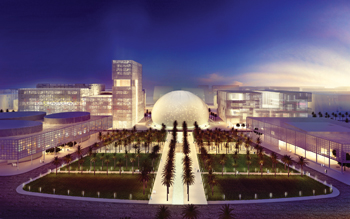 |
The new Sabah Al Salem University City in Shadadiya, Kuwait ... gateway to education. |
In the roads and infrastructure segment, with more than 2,000 km of roads to be constructed and water, electricity and drainage networks installed in all Saudi cities, the potential is very high, he says.
And in the residential sector, Saudi Arabia’s population is growing rapidly with an average family size of five to seven members – one of the highest average worldwide. “The government is trying to meet the demand for homes over the coming 10 years by building around 500,000 units, with many ambitious plans under way. The Ministry of Housing has launched a partnership programme with reputable developers from the private sector where the government provides land and the developer builds and sells,” he says.
Pace has been the architect behind many of Kuwait’s striking world-class projects that are featured on postal stamps (Arab Organisations headquarters) and the new KD5 currency notes (Central Bank of Kuwait) and many other local icons.
The firm’s rich portfolio includes widely diverse clients that speaks of its strength and reputation in the market. They range from ministries, institutions and major corporates to smaller public and private clients.
“Pace is proud to continue its legacy to providing quality services and adhering to completion deadlines,” he comments.
To enhance its services and enable it to compete on the more challenging projects on the market, Pace has collaborated with the most reputed international consultants, including Gensler, SOM, Fentress Architects, Aecom, CH2M, BDP, HOK, Weil Artes, Stanley Consultants, IKM Consulting, TRO J|B, Parsons, Mott Macdonald, and Ecofys.
Among the projects, Pace is jointly working on are the Jamal Abdul Nasser Street and Jahra Road mega development projects with Louis Berger; and the grand Central Bank of Kuwait in association with HOK.
Its home market continues to be a vital source of business with repeat clients such as The Avenues mall turning to Pace for its services. Following the success of three phases of The Avenues, Pace is currently working on the designs for Phase Four of the mall, which will occupy an additional built-up area of approximately 222,000 sq m and comprise luxury retail, hospitality, public areas and a car-park. The client for this project, which is located in the Rai district is Al Rail Real Estate company/Mabanee.
“The design is currently under way on the project which will be carried out on a fast-track basis, with the contractor already carrying out excavation and dewatering on site, as well as foundations in certain areas,” says Shuaib.
Another project that is being implemented on a fast-track basis is the Assima (or The Capital) skyscraper, which is destined to be yet another iconic landmarks of Kuwait.
Elaborating on the project, he says: “Located in the heart of the capital, the towering edifice – valued at KD124 million ($410 million) – will stand as the second tallest building in the country upon completion.
Rising up to 76 floors with five basements, it will comprise a podium, a car-park, an office tower and a hotel.
“The project’s design is currently under development, while the contractor is simultaneously carrying out excavation and dewatering works on site.”
The client, Salhiya Real Estate Company, selected Pace and London Pascal Architects to undertake the supertall building, given their expertise in delivering world-class high-rise and mega tall structures.
Pace is also engaged on the administration facilities building, which will be the grand gateway for the new Sabah Al Salem University City in Shadadiya. With a built-up area of approximately 286,000 sq m, the facilities will include administration offices, a library, mosque, cultural centre, conference centre, convocation hall and a visitors’ centre.
“Pace has been assigned by the Ministry of Education (represented by Kuwait University) to develop a unique and functional design that accommodates all facilities. The final design has been completed with tender documents currently being finalised,” Shuaib concludes.


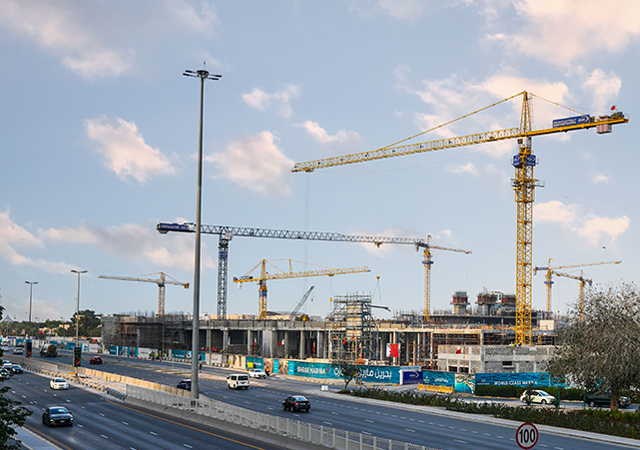





.jpg)

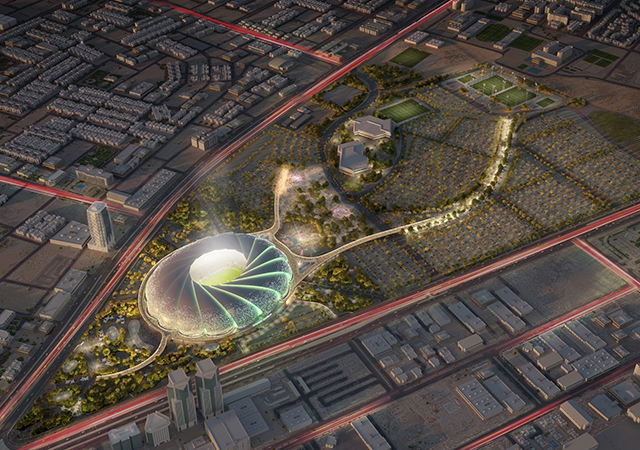
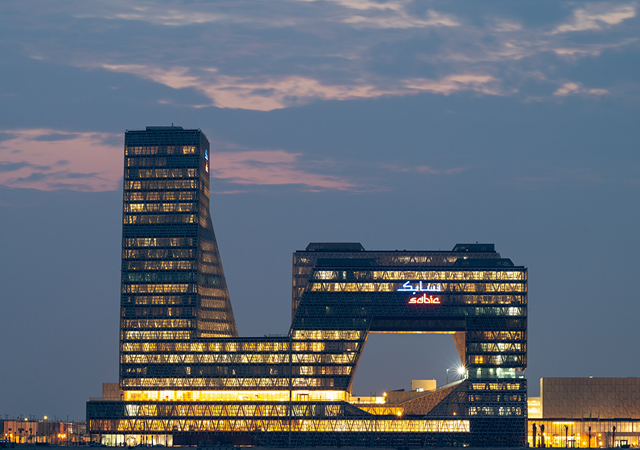


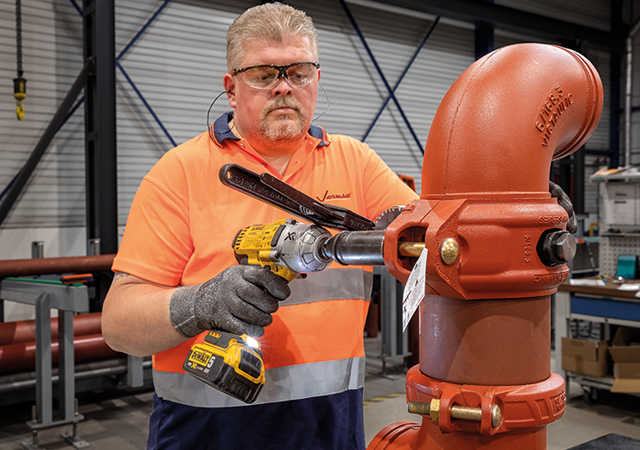

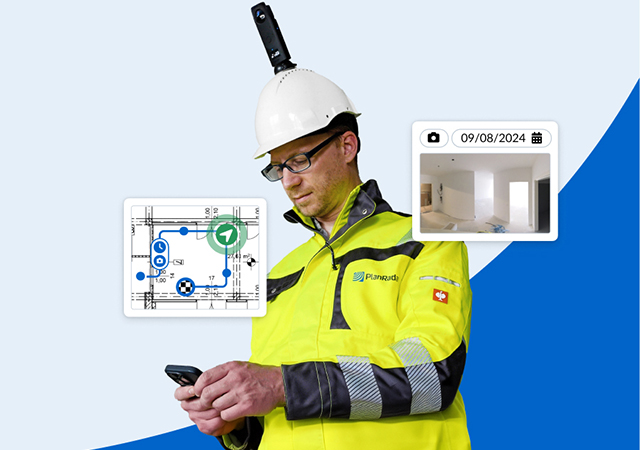
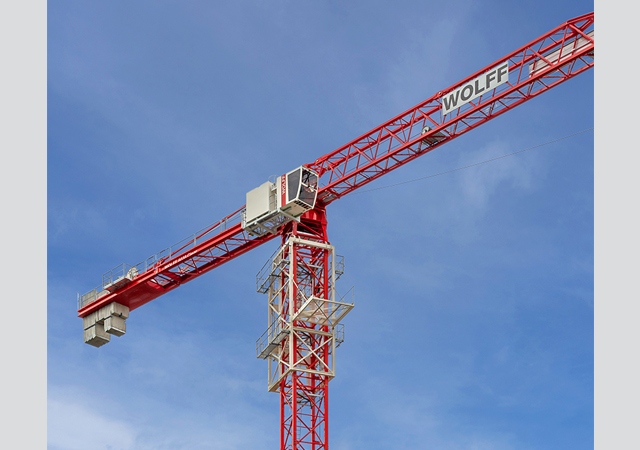
.jpg)
.jpg)
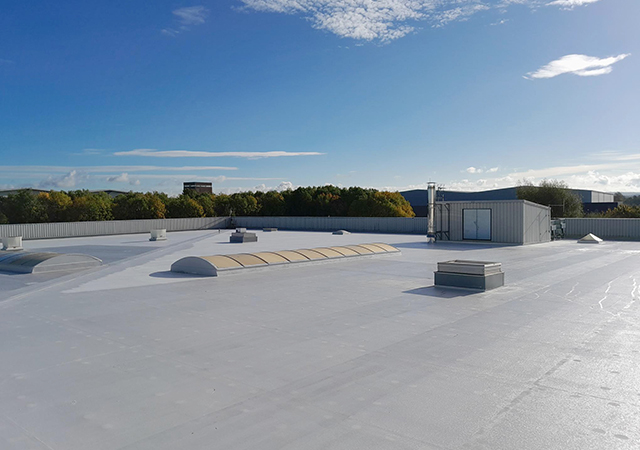
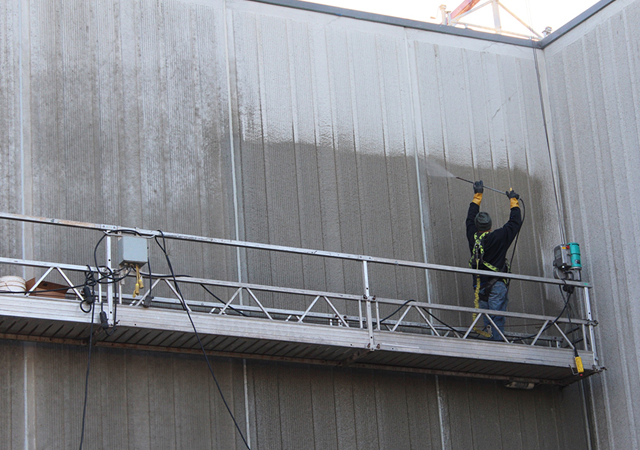
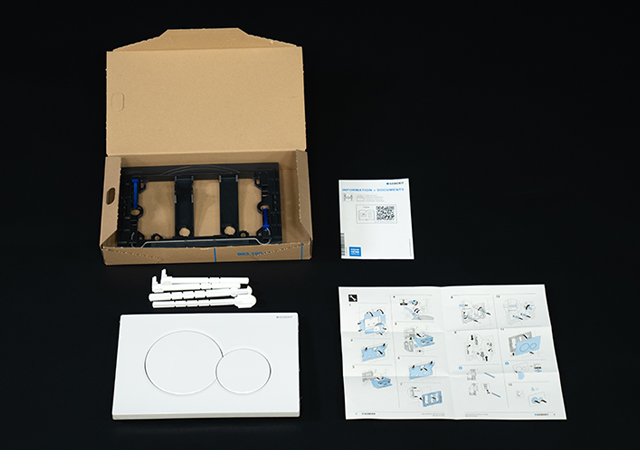
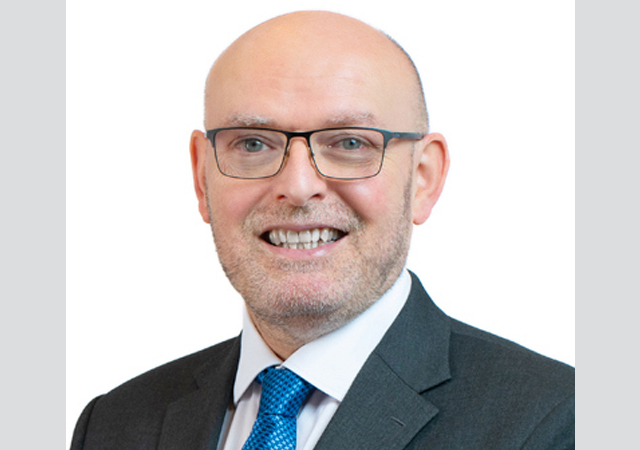
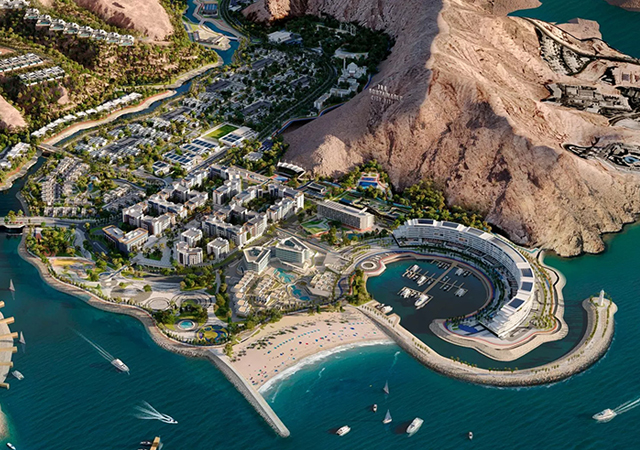
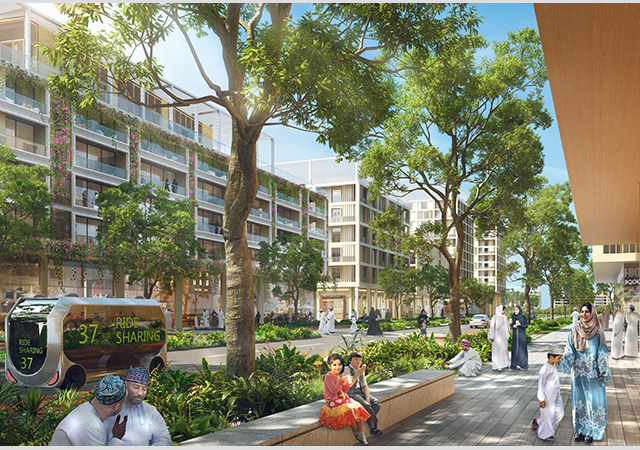
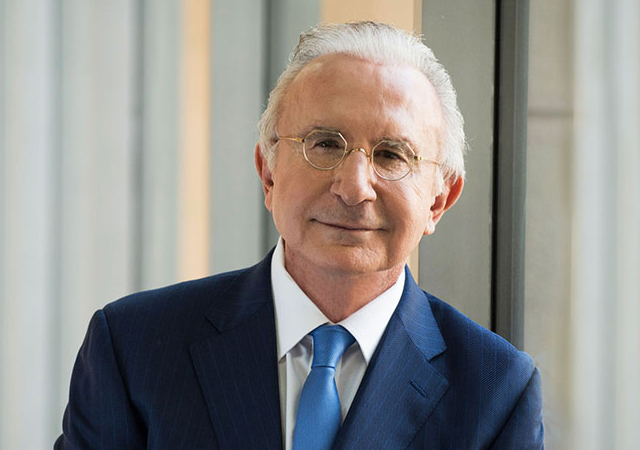
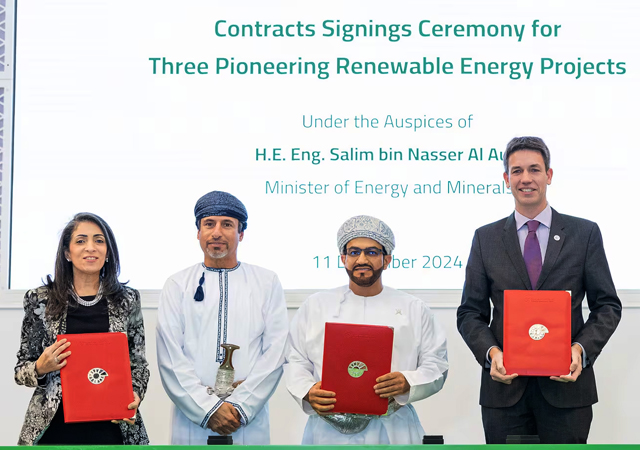
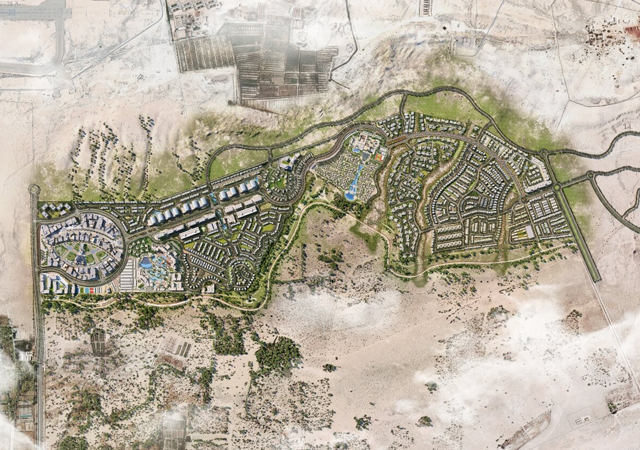
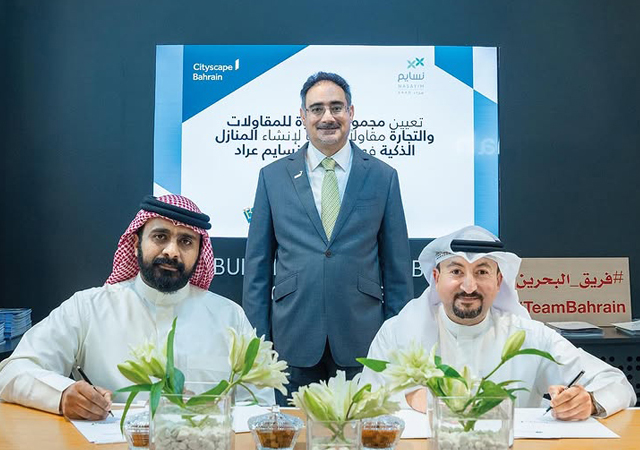

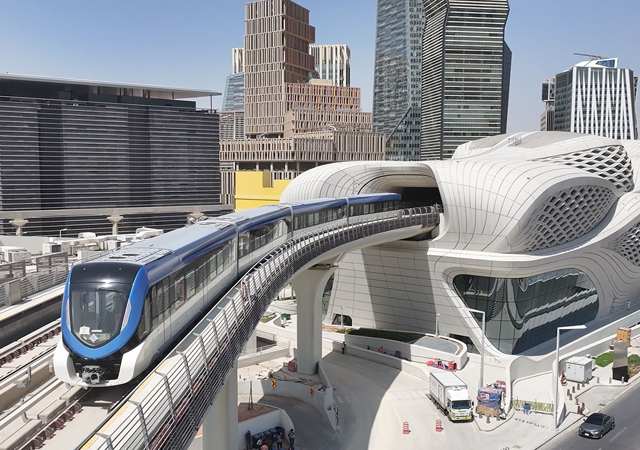

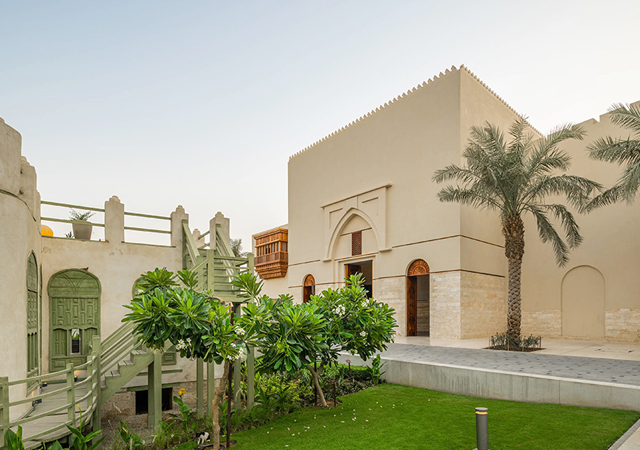

.jpg)
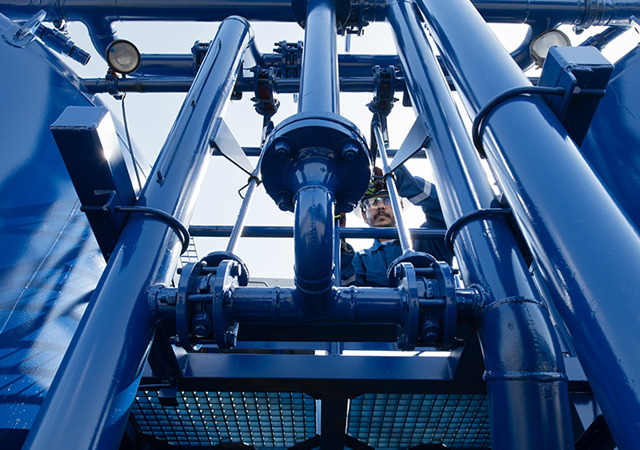
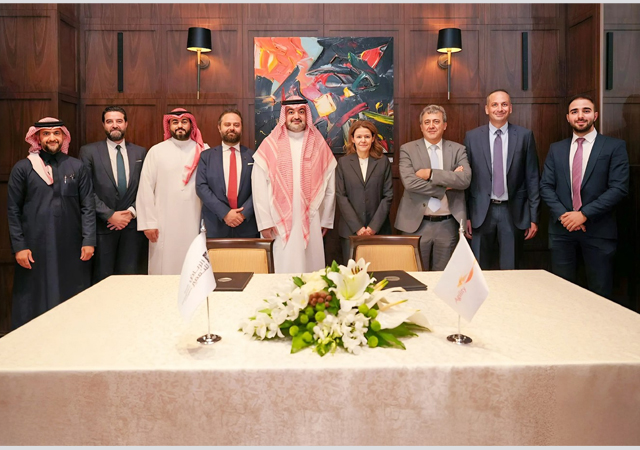


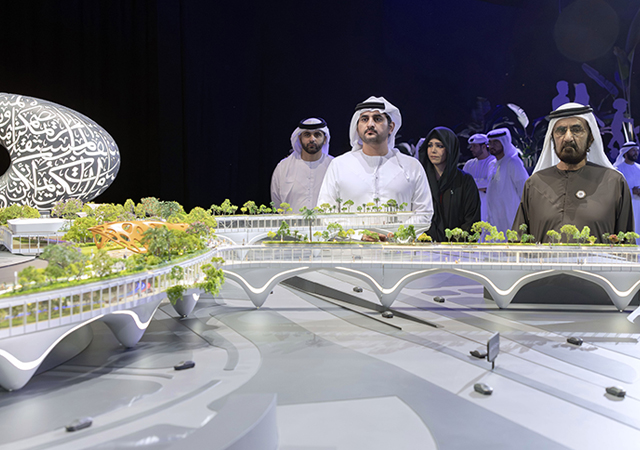
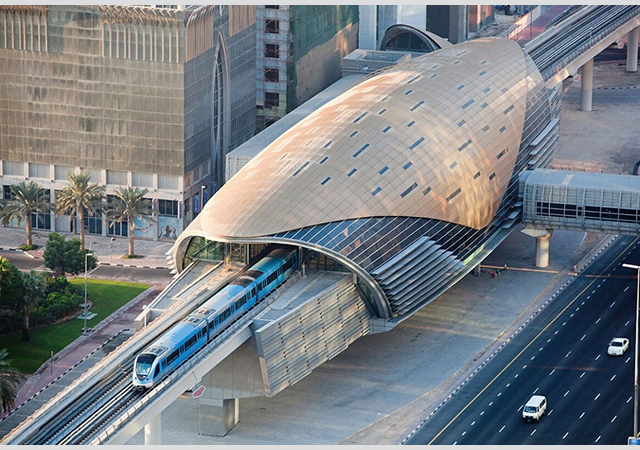
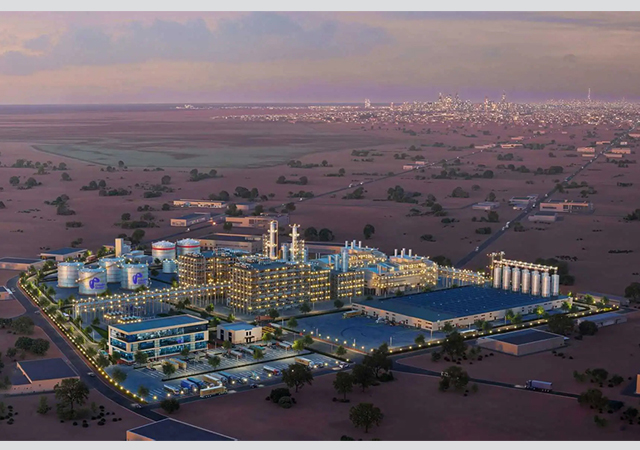

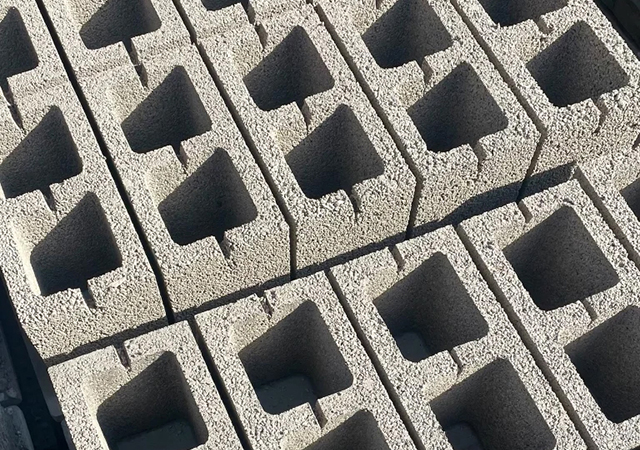

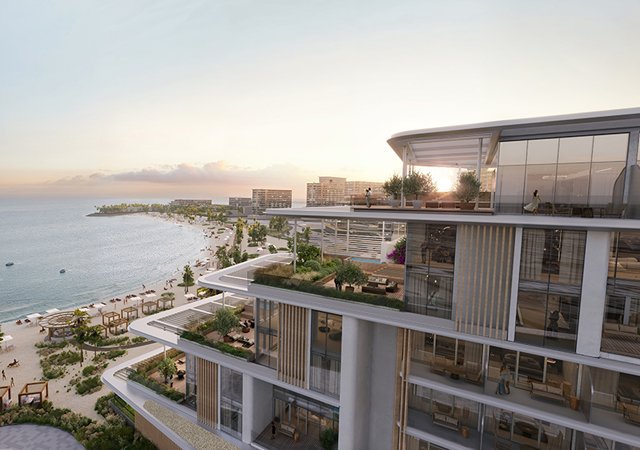

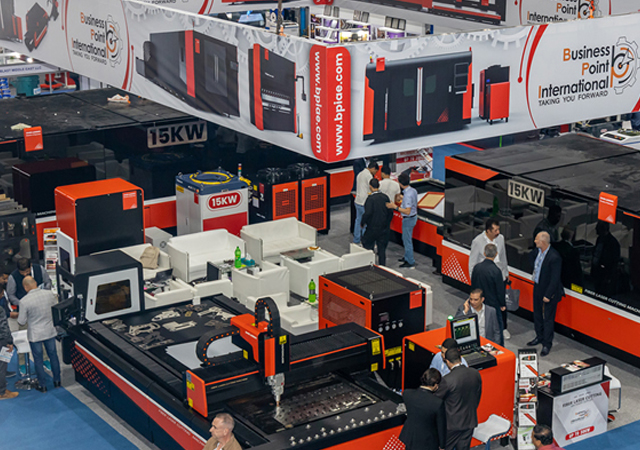



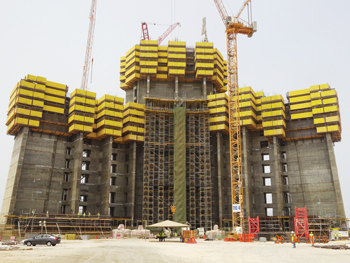
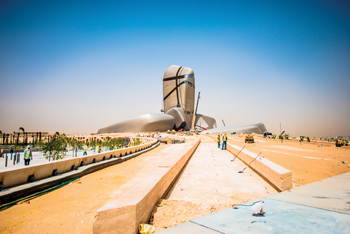
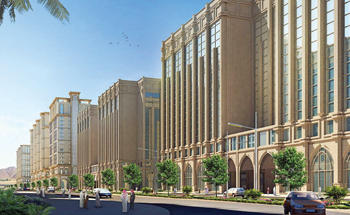
.jpg)


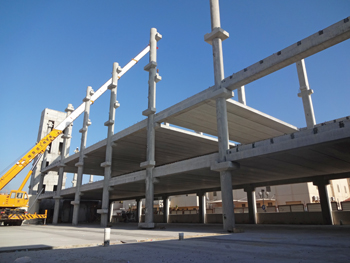
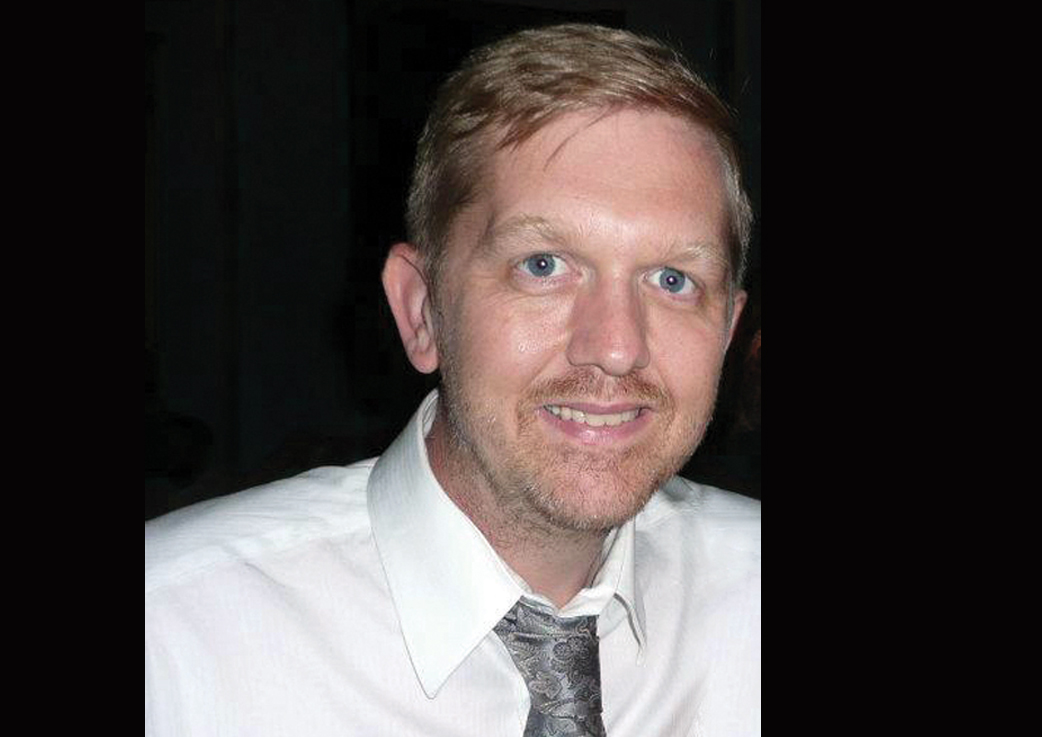
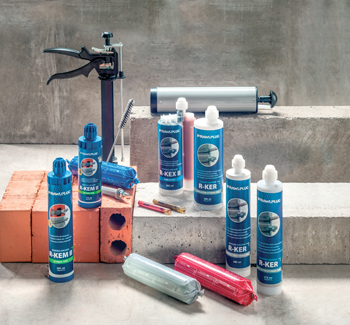
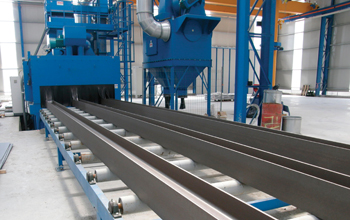
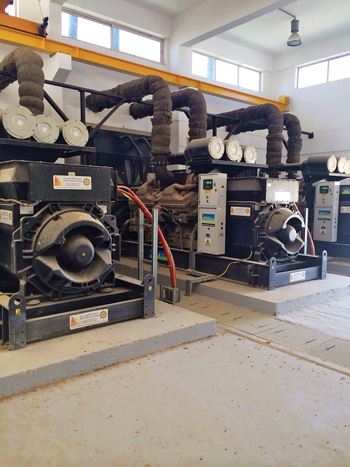
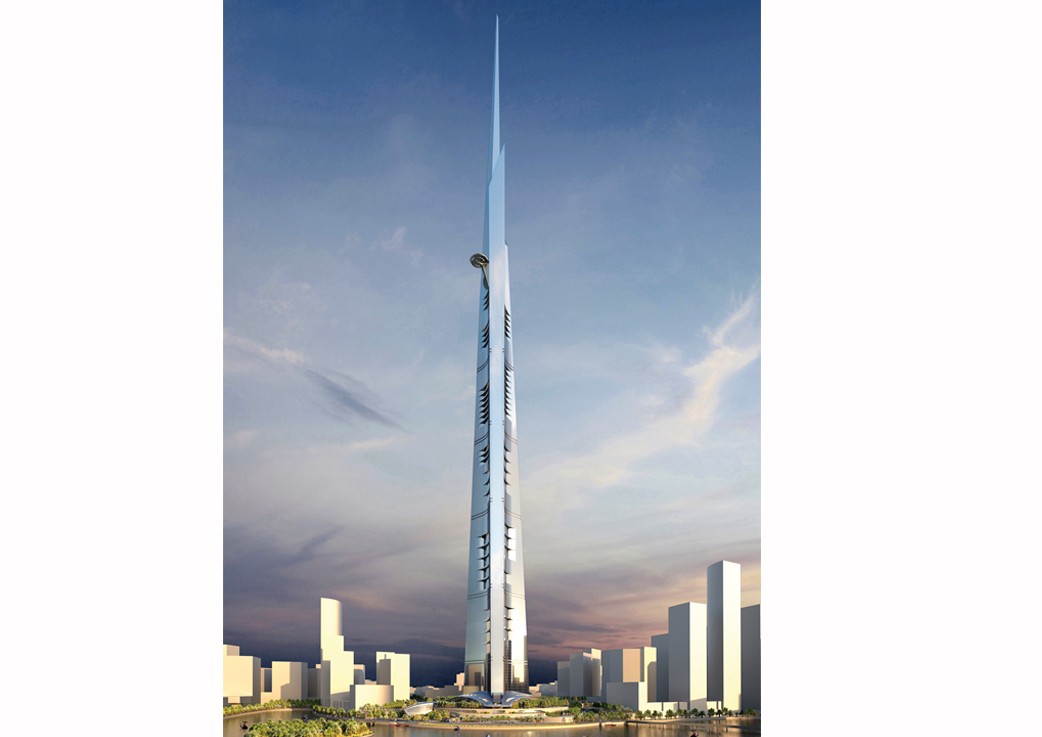
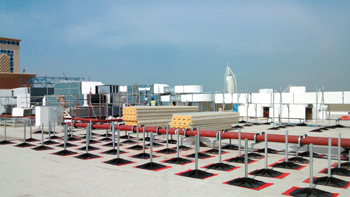
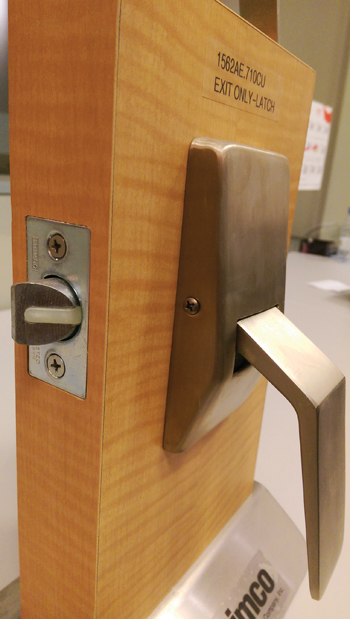


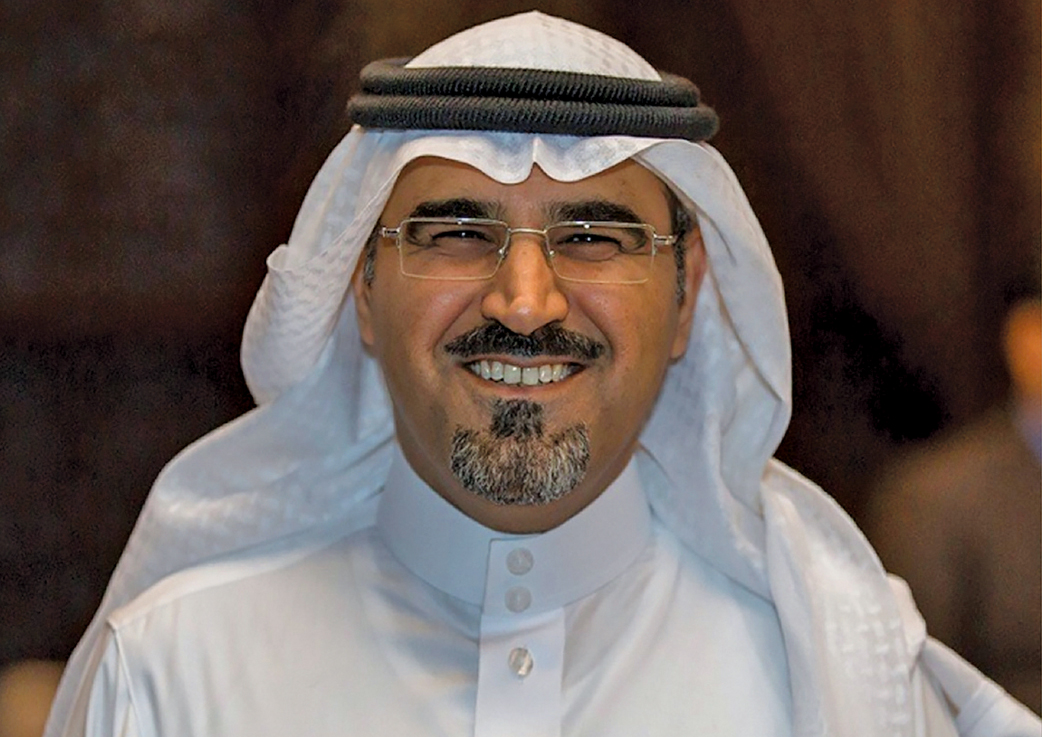
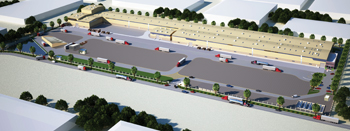
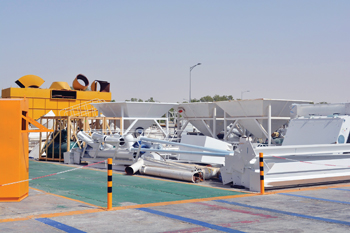
UngerSteelGroup.jpg)